One, the unique phenomenon of Notcoin: not a financial product, but an 'attention extractor'
Most Web3 projects start with a financial logic: lending, DEX, staking... but Notcoin's starting point is not 'finance', but 'attention'.
Its logic is:
Users first 'play' on Telegram—an extremely low-barrier click game.
In the process, they accumulate 'points', which can later be converted into the cryptocurrency token $NOT.
The attention and time spent in the game are directly mapped into on-chain assets.
In other words, Notcoin is not just 'Tap-to-Earn', but rather Attention-to-Earn. This makes it the first large-scale experiment in the blockchain world to validate 'attention as an asset'.
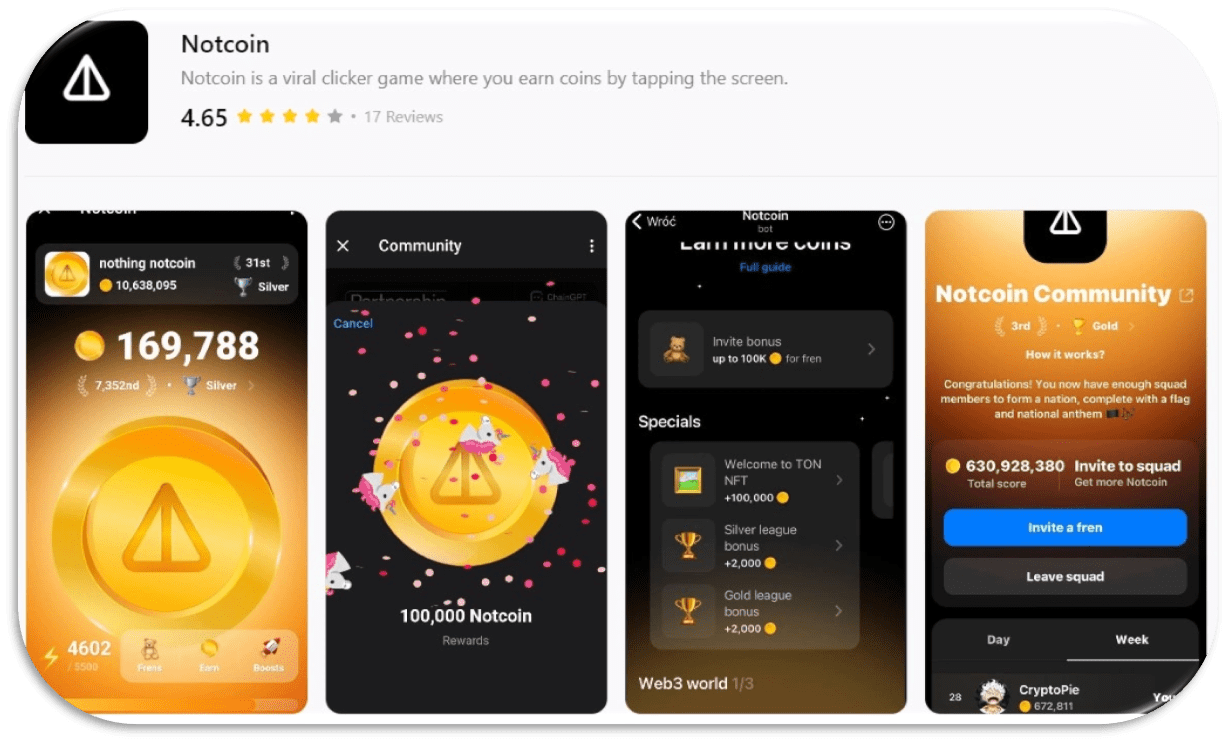
Two, the 'explosive game DNA' of Web2 and the 'token flywheel' of Web3
From a product perspective, Notcoin does not follow the typical 'DeFi - GameFi - DAO' path, but rather replicates the DNA of successful mini-games from Web2:
Ultra-low barrier (everyone can tap the screen);
Social viral (competing speed in group chats, natural viral spread);
Clear immediate feedback (number of coins = progress bar = sense of achievement).
But it has also integrated the token flywheel of Web3:
Game points convert to tokens (realizing value);
Full circulation upon launch (reducing suspicion of market manipulation and enhancing fairness narrative);
Simultaneous listing on exchanges like Binance (with liquidity and attention both in place).
This means that Notcoin is a successful integration of a gamified user growth model and a crypto asset circulation model.

Three, the essence of Notcoin: the 'crypto version of WeChat red envelopes' on Telegram
If we look for an analogy for Notcoin, it is neither a 'blockchain game' like Axie Infinity, nor purely reliant on memes like Dogecoin. It is more like a WeChat red envelope in the Web3 world:
Everyone can participate, with extremely low barriers;
The gameplay is simple, yet it can create a 'buzz effect' in social interactions;
Through a collective carnival, it directly channels massive social traffic into crypto assets.
The difference is: WeChat red envelopes distribute 'fiat currency', while Notcoin distributes 'future tokens'. The former realizes immediate money, while the latter realizes future narratives.
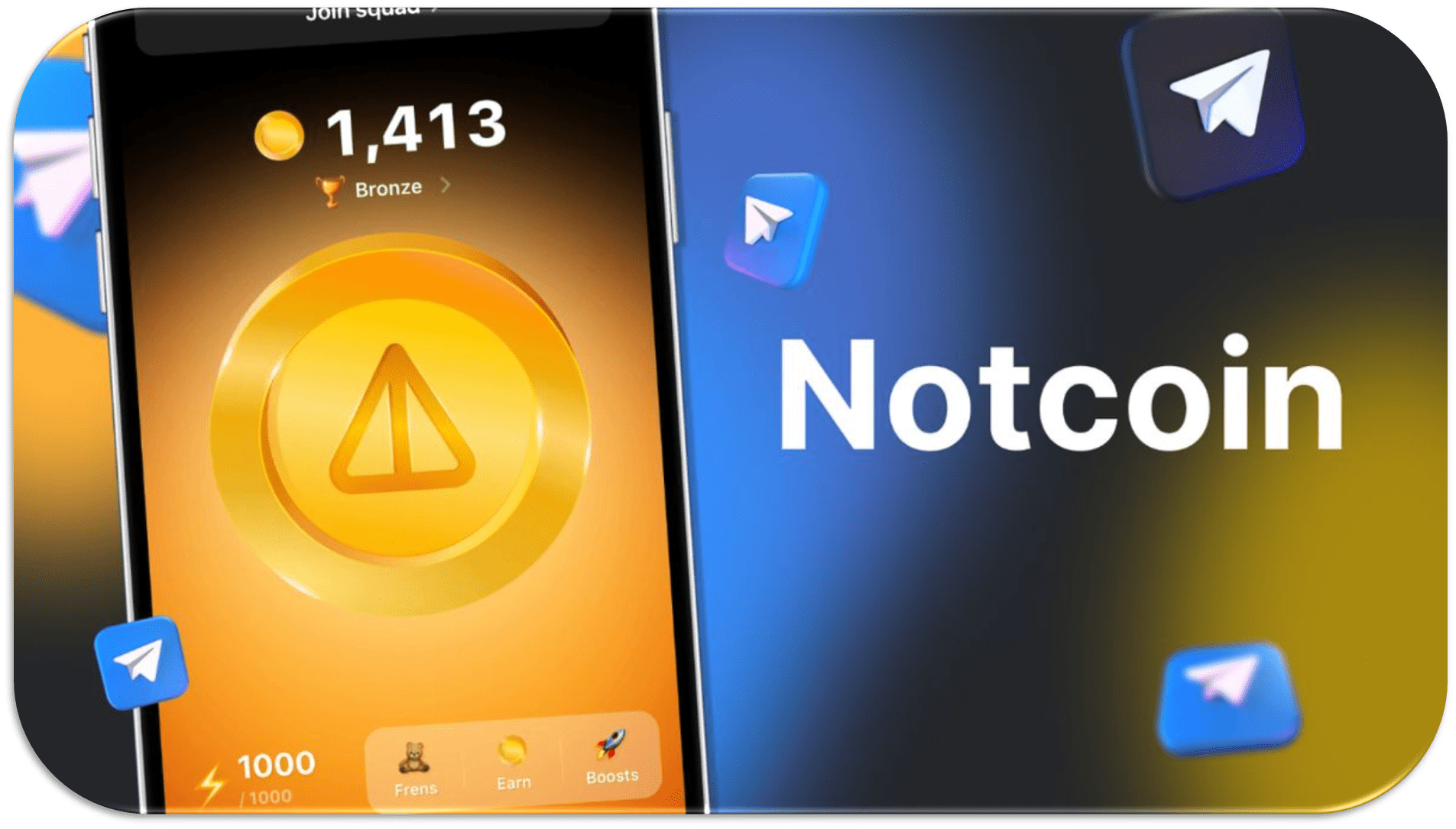
Four, token economics: from 'fair issuance' to 'speculation engine'
Notcoin's token model design is extremely aggressive:
100% full circulation: releasing all 10.27 billion tokens from the start, with 78% for players and 22% for the ecosystem and development fund.
Almost no lock-up: avoiding suspicion of suppression of the market by VCs and early insiders.
Massive exchange support: simultaneously launched on 18 exchanges, forming strong liquidity.
The effects brought about by this model are a 'double-edged sword':
In the short term, community users naturally hold coins, with great liquidity and high popularity.
But in the long term, tokens lacking a release curve may quickly enter a phase of 'unanchored narrative' after the initial hype fades.
In other words, Notcoin is a fair experiment maximizing speculative attributes.
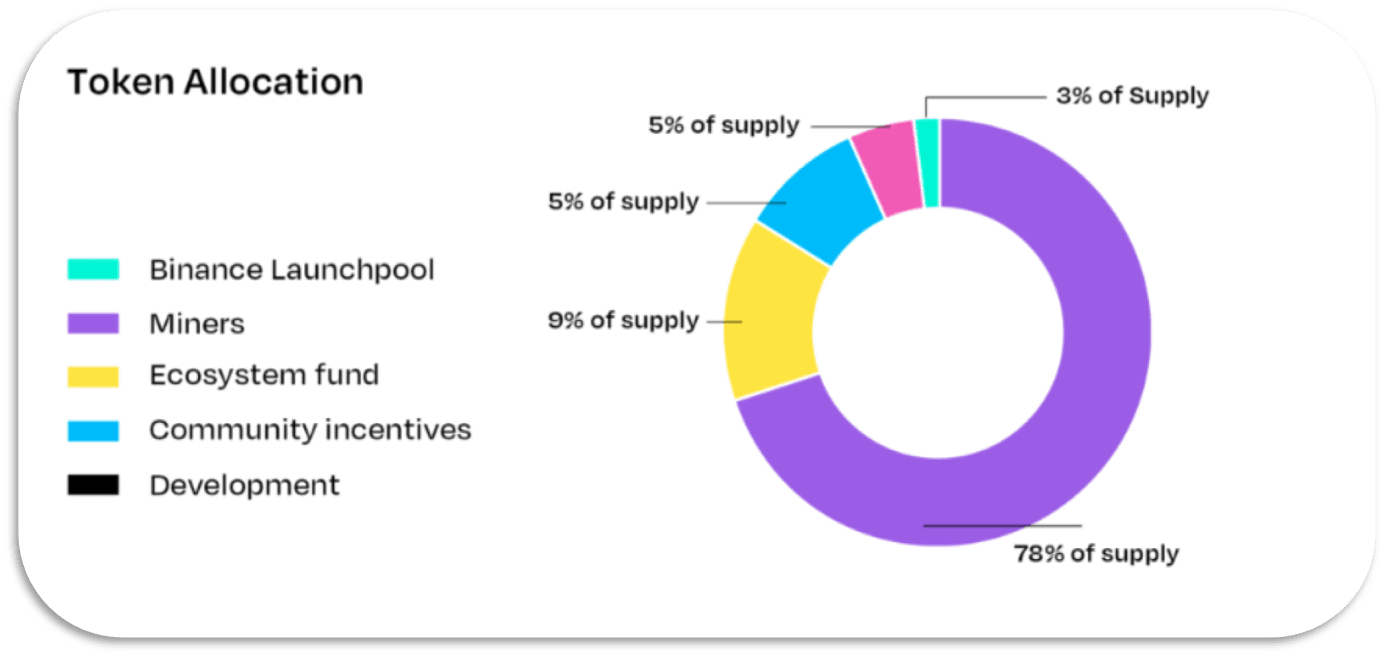
Five, community and market: the triple narrative of Meme, GameFi, and Mass Adoption
Notcoin simultaneously touches upon three narratives:
Meme coin attributes: everyone taps coins, social carnival, similar to the relaxed atmosphere of Dogecoin.
GameFi attributes: expanding from Tap-to-Earn to Explore-to-Earn, VOID, and other gameplay, gradually developing into an entertainment ecosystem.
Mass Adoption attributes: backed by Telegram's 900 million users, becoming the 'first lesson' in on-chain education.
This combination of three narratives allows Notcoin to attract speculative funds, retain 'curious newcomers', and become a 'traffic entry point' for the TON ecosystem.
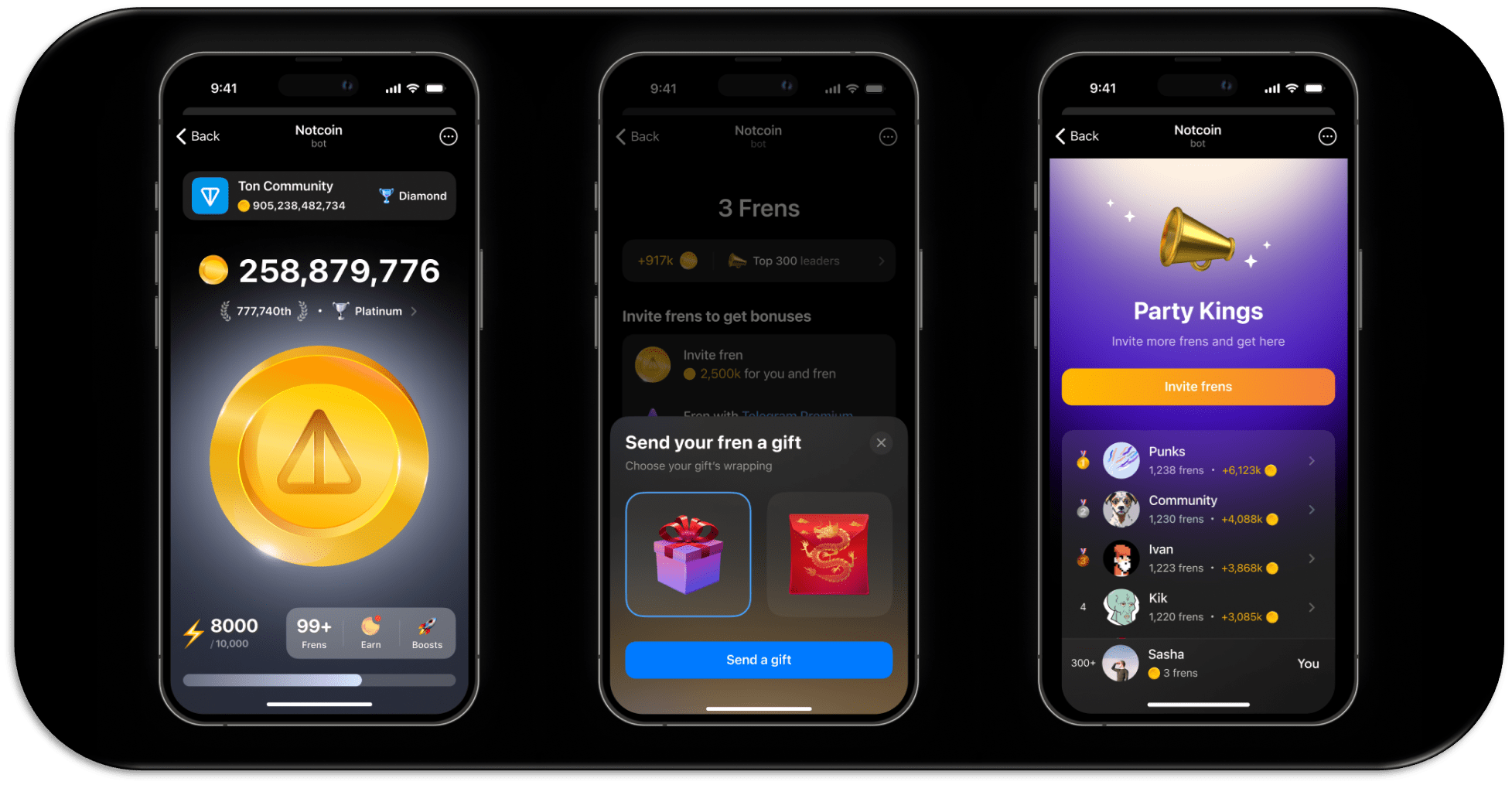
Six, unique challenges: sustainability and narrative iteration
Notcoin's success also buries hidden worries:
Sustainability of gameplay: the founder has publicly acknowledged that 'Tap-to-Earn is not sustainable'. Without continuous gameplay iteration, user enthusiasm will quickly cool.
Token narrative updates: fair issuance is a temporary advantage, but in the long run, new value anchors are needed, otherwise it may become a fleeting Meme hotspot.
Ecological connectivity: the TON ecosystem is still in its early stages; whether it can truly support Notcoin's traffic remains to be seen.
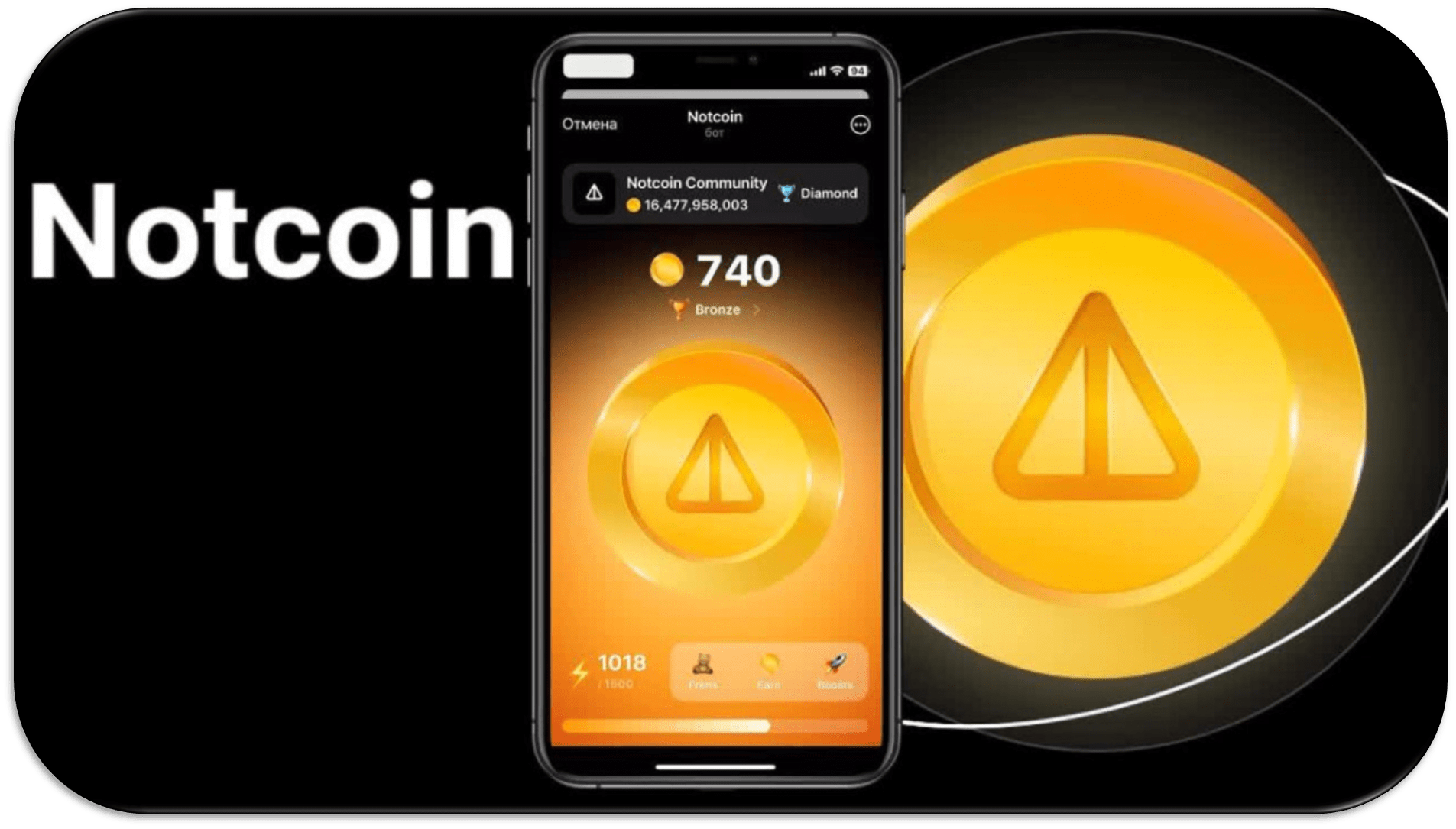
Seven, future outlook: from 'games' to 'protocol layers'
If Notcoin is just a mini-game, it will likely be a fleeting phenomenon like Flappy Bird.
But its potential lies in:
Gamified traffic entry: helping the TON ecosystem to quickly cold start.
New paradigm of token distribution: replacing 'whitelist mining' with 'game participation', lowering the entry barrier for new users.
The embryonic form of social finance: combined with Telegram's social network, Notcoin has the opportunity to evolve into the 'Web3 social finance infrastructure'.
In the end, Notcoin may not just be a game, but a completely new token distribution and user education protocol. It turns mini-games that 'everyone can participate in' into a true large-scale entry point in the crypto world.
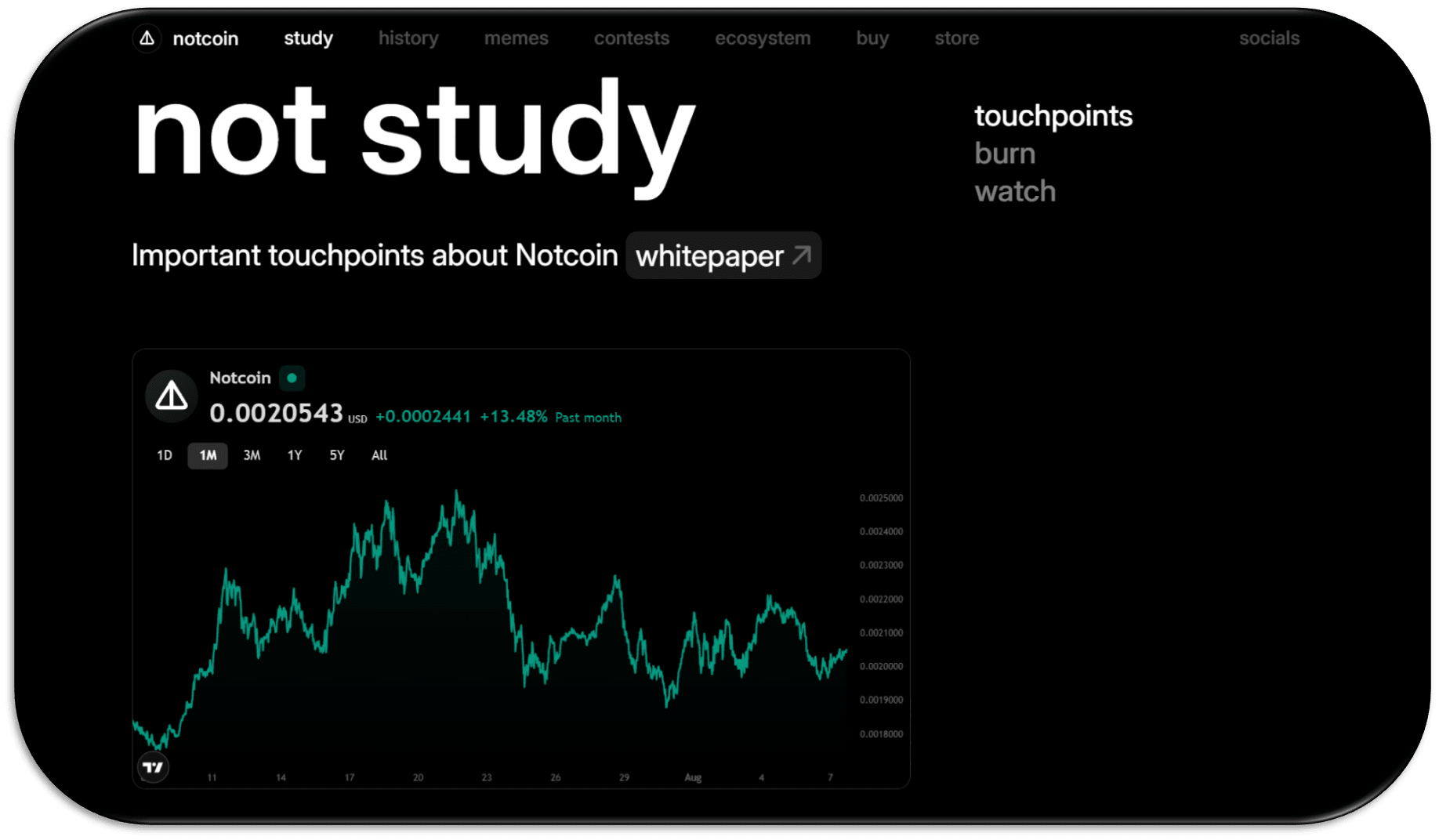
Conclusion
Notcoin's uniqueness lies in its mapping of attention to token economics on a large scale for the first time. It is neither Axie nor Dogecoin, but more like a crypto version of WeChat red envelopes: converting the tapping speed of tens of millions into blockchain assets during a casual social carnival.
In the future, whether it can continue to thrive depends not on 'token price', but on whether it can make the leap from 'mini-game' to 'distribution protocol'.
Notcoin is a 'red envelope experiment' in the Web3 world, validating that attention can also be directly converted into assets.



